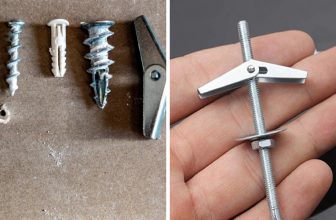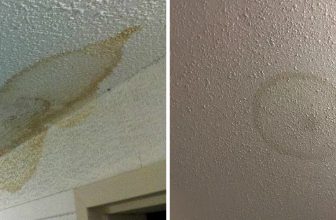How to Make a Ceiling Fan Move More Air
Ceiling fans are a popular and energy-efficient way to cool your home, but their effectiveness in providing comfort depends on their ability to move air efficiently. If you find that your ceiling fan isn’t circulating air as effectively as you’d like, you may be wondering how to make it move more air.
Fortunately, there are several strategies you can employ to optimize your ceiling fan’s performance. From adjusting the fan’s direction to maximizing its speed settings, these methods can help you create a more comfortable and well-ventilated living space.
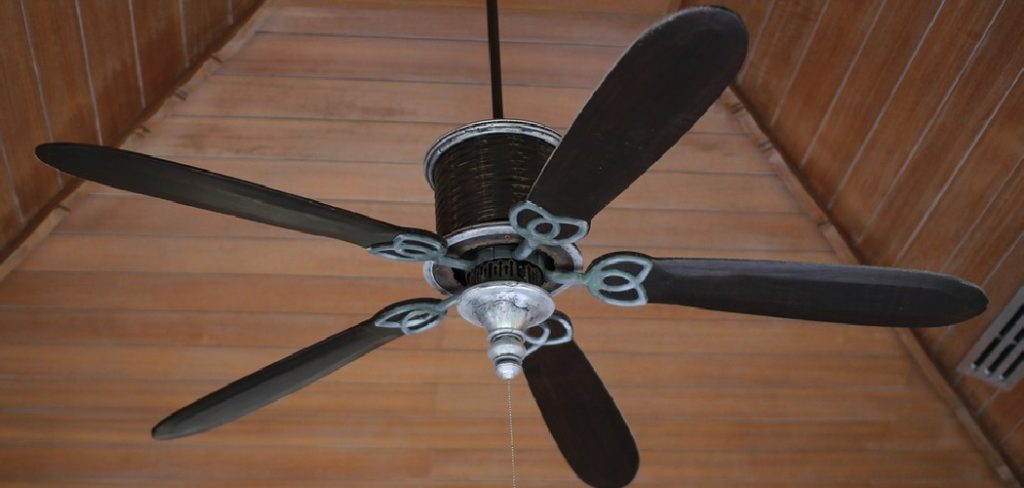
In this article, we’ll explore how to make a ceiling fan move more air, providing you with the knowledge and practical tips to get the most out of your ceiling fan and ensure that it provides the cooling breeze you desire during the hot summer months or year-round. Whether you’re looking to increase the airflow in your bedroom, living room, or any other space, these solutions will help you achieve a more refreshing and enjoyable indoor environment.
The Importance of Optimizing Ceiling Fan Performance
Ceiling fans are an essential part of any household, providing much-needed air circulation and cooling during hot summer months. However, not all ceiling fans are created equal in terms of performance. In fact, many homeowners may be surprised to learn that their ceiling fan is not moving as much air as it could be.
To understand how to optimize ceiling fan performance, it’s important to know the basics of how a ceiling fan works. A typical ceiling fan has angled blades that rotate around a central motor housing. When the blades spin, they create an airflow effect that helps circulate air in the room.
But what many people don’t realize is that there are certain factors that can affect how well a ceiling fan performs. Factors such as blade angle, blade material, height from the ceiling, and motor power all play a role in determining how much air a fan can move.
So why is it important to optimize ceiling fan performance? Well, for starters, an optimized ceiling fan can help save money on energy bills. When a fan is able to move more air efficiently, it can reduce the need for air conditioning and ultimately lower energy costs.
Additionally, optimizing ceiling fan performance can also translate into greater comfort. A well-performing ceiling fan provides better airflow and cooling throughout the room, making it more pleasant to spend time in during hot weather.

Benefits of Making a Ceiling Fan Move More Air
One of the main reasons people choose to make their ceiling fan move more air is for its energy-saving benefits. When a ceiling fan is able to circulate more air, it can help lower the temperature in a room, making it easier to maintain a comfortable environment without needing to constantly adjust the thermostat. This results in reduced energy consumption and ultimately, savings on your electricity bill.
Another benefit of increasing the airflow of your ceiling fan is improved air circulation. During hot summer months, stagnant air tends to accumulate at the top of a room while cooler air stays closer to the floor. By creating more movement with your ceiling fan, you can help evenly distribute this cool air throughout the room, providing more consistent and comfortable temperatures.
In addition, having proper airflow in a room can also have health benefits. Stagnant air can cause allergens, dust particles and other pollutants to settle, potentially causing respiratory issues or aggravating existing conditions. By constantly circulating the air with your ceiling fan, you can help reduce these particles from settling and creating a healthier environment.
Lastly, improving the airflow of your ceiling fan can also enhance its overall performance. When a fan is moving more air, it produces stronger winds that are able to reach further distances in a room. This means better cooling capabilities and even potential noise reduction as the fan doesn’t need to work as hard to produce desired results.
In conclusion, making your ceiling fan move more air not only has energy-saving benefits but also improves air circulation, enhances health and boosts performance. It’s a simple and effective way to increase comfort in your home or workspace while also being environmentally conscious. So, it’s definitely worth considering when looking for ways to improve your living or work space.
10 Methods How to Make a Ceiling Fan Move More Air
1. Change the Direction of the Blades
One of the simplest ways to make a ceiling fan move more air is to change the direction of the blades. By reversing the direction of the blades, you can create an updraft that will help to circulate air more efficiently throughout your room. To do this, simply locate the switch on your fan and flip it so that the blades turn in a counterclockwise direction. This will help to push warm air downward and create a cooling effect in your room.
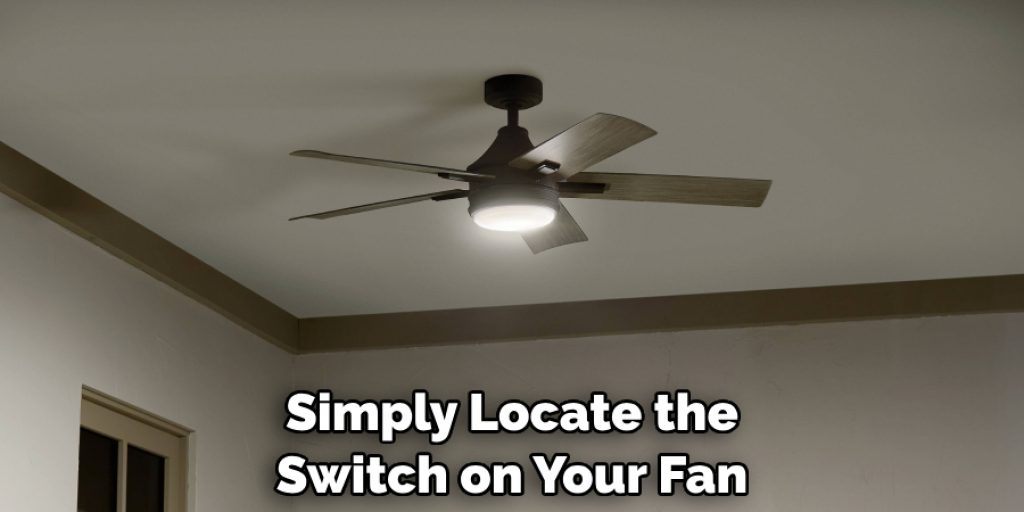
2. Increase Fan Speed
Another way to make a ceiling fan move more air is to increase its speed. Most ceiling fans have multiple speeds, so you can adjust them depending on how much air circulation you need in your room. Increasing the speed of your fan will help to move more air around and create a greater cooling effect.
3. Use Multiple Fans
If one fan isn’t enough for your room, consider adding additional fans or replacing your existing fan with one that has multiple blades or larger diameter blades. Installing multiple fans will help to move more air around and provide better overall circulation in your room.
4. Clean Your Fan Regularly
It’s important to clean your ceiling fan regularly in order to ensure that it is working properly and circulating as much air as possible. Dust can accumulate on the blades over time, which can reduce their efficiency and cause them to work harder than necessary in order to move air around your room. Make sure to dust off your fan periodically so that it can run at peak performance levels.
5. Install Larger Blades
You may also want to consider installing larger diameter blades on your ceiling fan if you find that it is not moving enough air for your needs. Larger blades are able to cover a wider area and therefore move more air than smaller ones do, so they are ideal for large rooms or spaces with high ceilings where there is less natural airflow from windows or doors.
6. Adjust Blade Pitch
The pitch of a ceiling fan’s blade refers to its angle relative to its base plate – usually between 12°-15° – which affects how effectively it moves air throughout space when running at various speeds.
By adjusting this angle slightly (usually no more than 1°-2°), you can optimize airflow efficiency by altering how quickly each blade moves through the surrounding environment when spinning at higher speeds – resulting in increased airflow output with minimal power consumption increases from running at higher speeds.
7. Upgrade Motor Quality & Size
The motor inside any given ceiling fan plays an integral role in determining how much airflow it produces; upgrading either its quality or size (or both) can significantly improve its performance output without having any impact on noise levels or aesthetics.
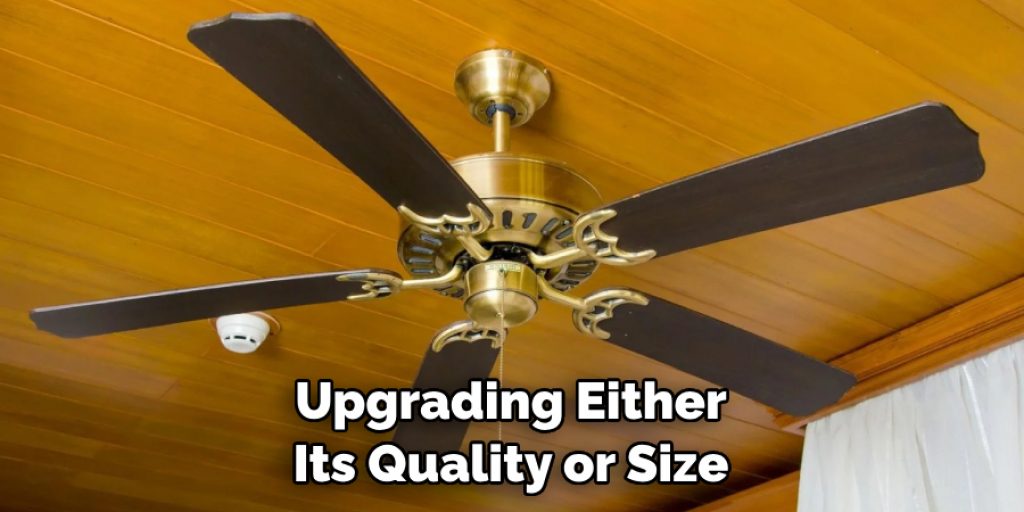
Higher quality motors tend to be quieter while also providing greater torque – allowing them greater ability when pushing against resistance from thicker/heavier blade sets – while larger motors allow for greater RPMs (revolutions per minute) which equate directly to improved airflow output capacity..
8. Choose Appropriate Blade Span & Pitch
When selecting a new ceiling fan for an area, choosing one with an appropriate blade span (diameter) and pitch is essential; too small/low of either factor will result in reduced airflow output due to decreased surface area contact between each blade and the surrounding environment.
Generally speaking, larger rooms require wider spans while lower pitches offer better lift capabilities; however, these factors should be balanced depending on specific requirements since too wide/high of either could lead to poorer overall performance due solely to excessive drag/resistance.
9. Utilize Wall Controls & Remote Controls
In addition to being able to switch between 3-5 speed settings via pull chains (depending on model), many modern fans come equipped with wall controls and remote control accessories, which allow for even further customization options such as reverse mode switching (for seasonal climate changes) as well as dimming capabilities (to regulate lighting intensity).
These features give users greater control over their environment while also helping maximize energy efficiency by allowing them to tailor their setup based on specific needs.
10. Consider Low Profile Fans For Low Ceilings
Lastly, if you have low ceilings but still want maximum airflow output, then investing in low-profile fans is highly recommended; these models feature shorter down rods, which allow them to be mounted closer ceilings while still maintaining adequate clearance from light fixtures, etc., thus making them ideal solutions for those looking maximize available headroom without sacrificing performance quality.
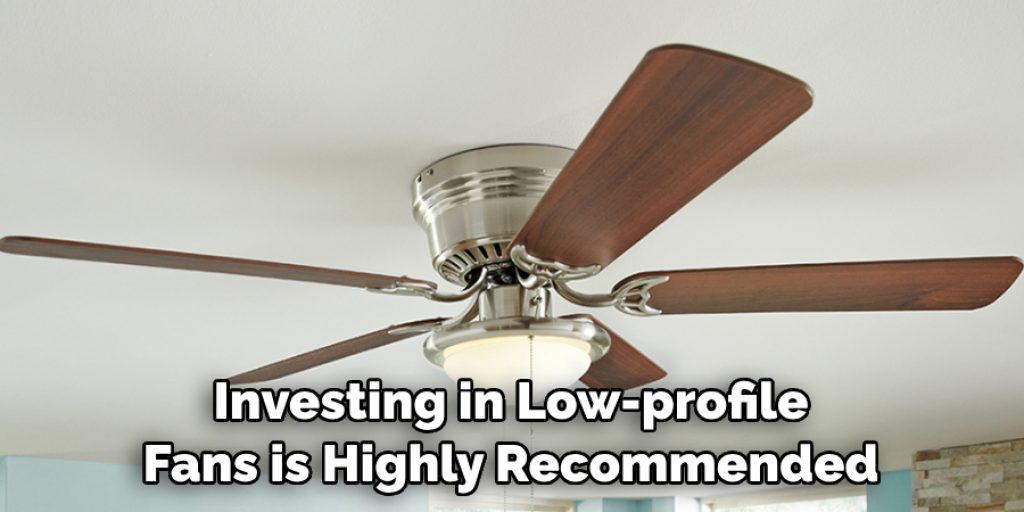
Conclusion
With a few easy steps anyone can learn how to make a ceiling fan move more air. Whether you need greater air circulation in your living room, or want to replace a broken part on your fan, the tips shared today will help you increase the efficiency of the device and potentially save time and money in the long run.
While it’s true that there’s something magical about having a fan circulate air on a hot summer day, it’s even better when it rotates smoothly and quickly to give maximum comfort. So don’t waste another second–tackle any of these easy projects today so you can enjoy much cooler days ahead!

